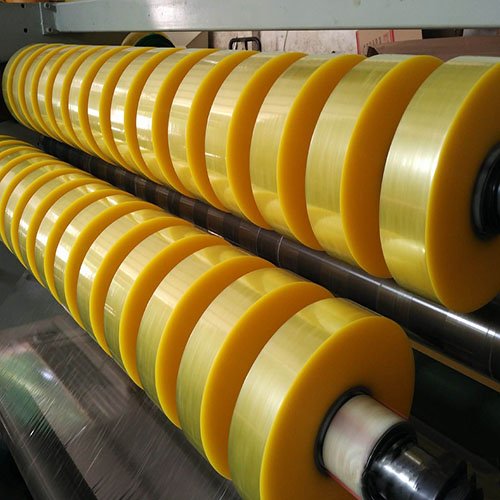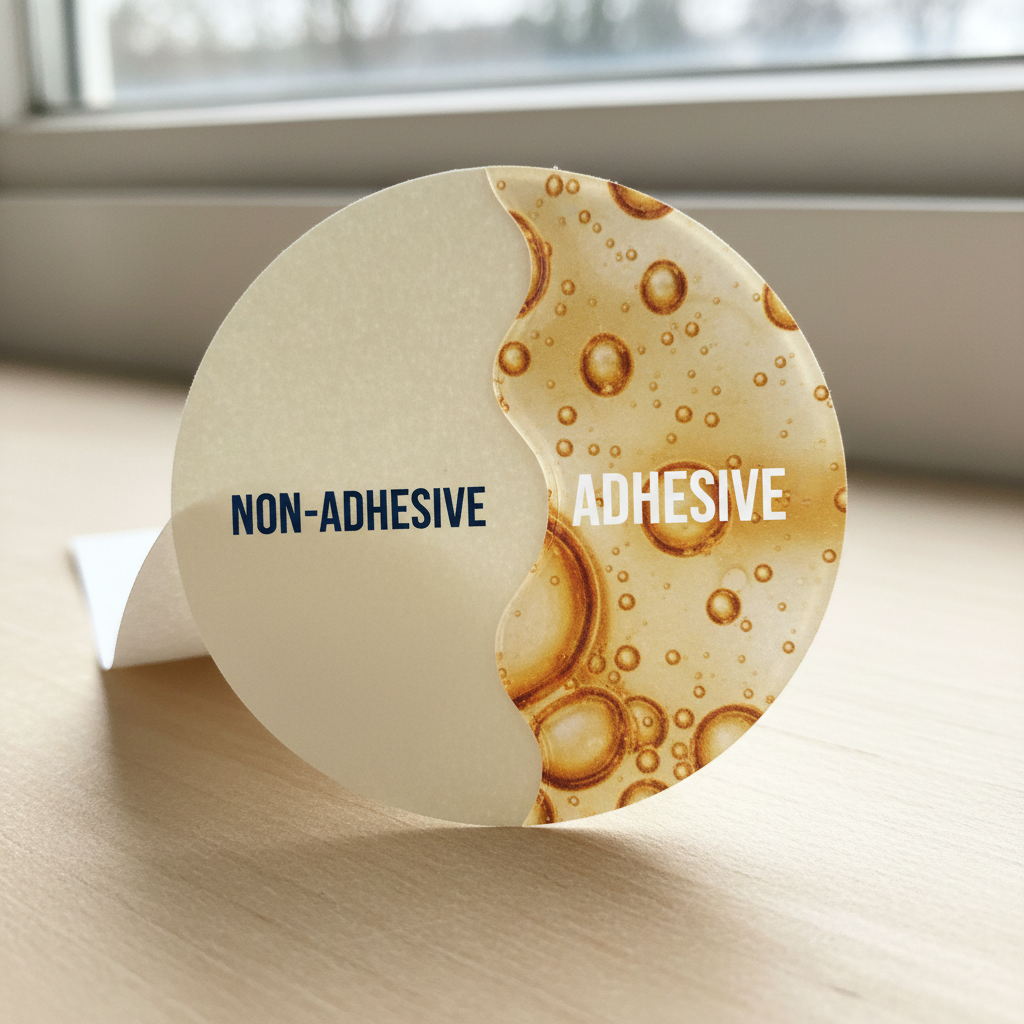Comprehensive Guide to Applying Double-Sided Adhesive Tape on Leather
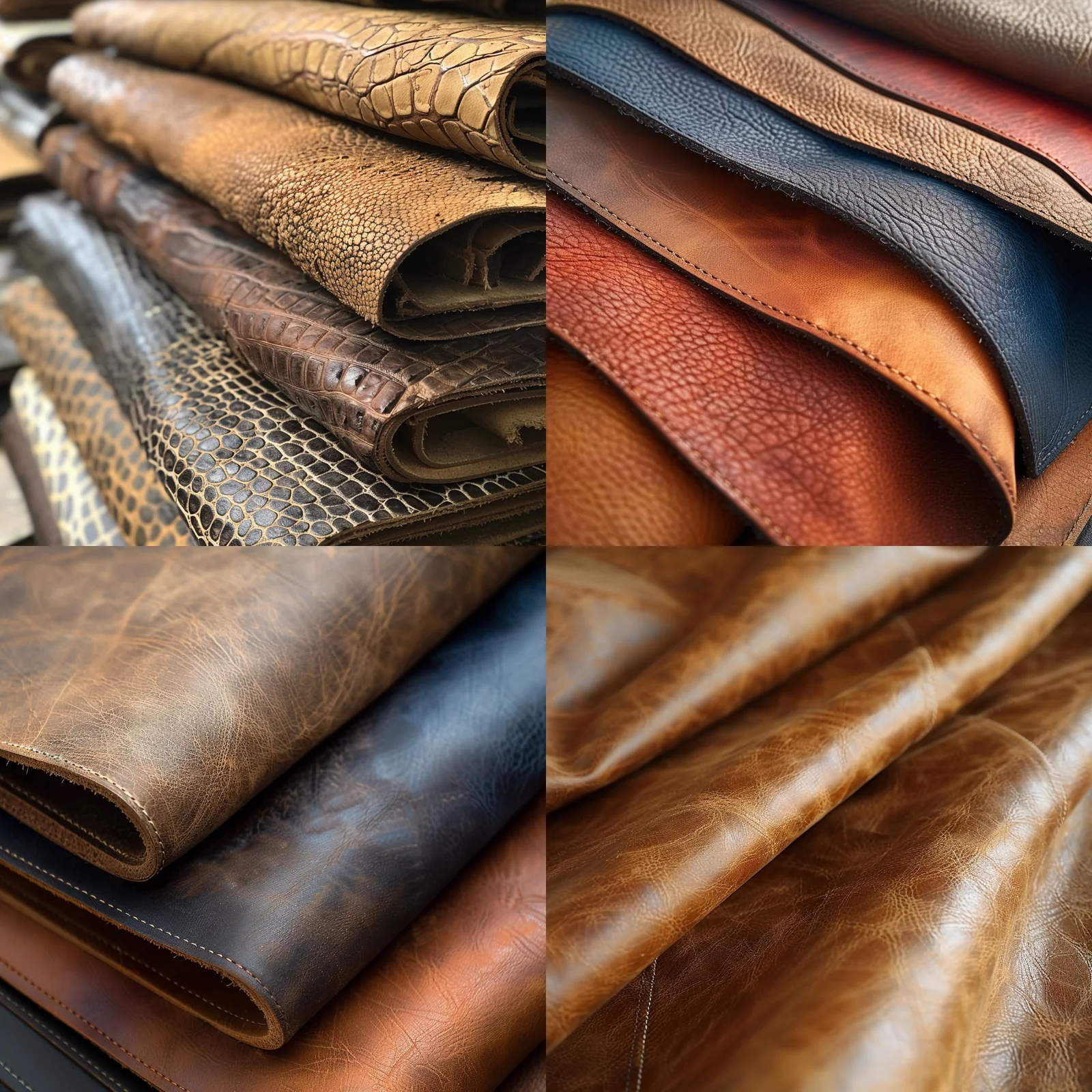
Introduction
Double-sided adhesive tape is a versatile tool widely used in various industries for its strong bonding properties and ease of use. When it comes to leather applications, using double-sided adhesive tape can offer a secure and clean method for joining pieces, creating custom designs, or adding decorative elements. This comprehensive guide will explore the methods, tips, and best practices for applying double-sided adhesive tape on leather to achieve optimal results.
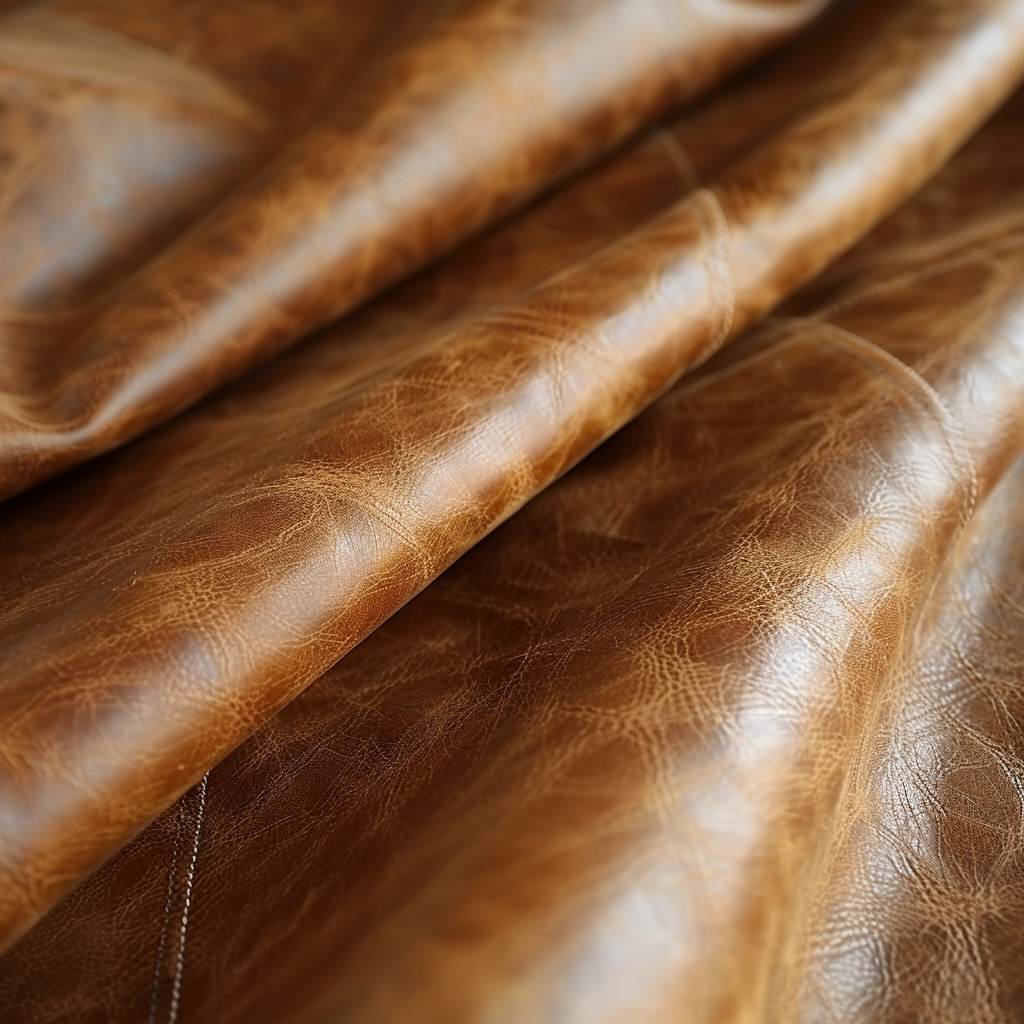
Understanding Double-Sided Adhesive Tape
Double-sided adhesive tape consists of a carrier material, typically paper, foam, or fabric, coated on both sides with adhesive. The key features to consider when selecting the right tape for leather applications include:
- Adhesive Strength: The tape should have strong bonding properties to adhere securely to leather.
- Flexibility: The tape should be flexible enough to conform to the leather’s surface and any curves or contours.
- Temperature Resistance: Depending on the application, the tape should withstand varying temperatures without losing its adhesive properties.
- Durability: The tape should maintain its bond over time, even with frequent handling or exposure to environmental factors.
Types of Double-Sided Adhesive Tape for Leather
There are several types of double-sided adhesive tapes suitable for leather applications:
- Acrylic-Based Tape: Known for its strong adhesion and durability, acrylic-based tape is ideal for permanent bonding.
- Rubber-Based Tape: This type offers excellent initial tack and is suitable for temporary applications or situations where a strong bond is needed quickly.
- Foam Tape: Foam-based double-sided tape provides cushioning and is useful for applications requiring shock absorption or filling gaps.
- Tissue Tape: Thin and flexible, tissue tape is perfect for precise applications where a seamless finish is desired.
Preparation Steps
Before applying double-sided adhesive tape to leather, proper preparation is essential to ensure a strong bond and professional finish.
1. Cleaning the Leather
Clean the leather surface thoroughly to remove any dust, oil, or contaminants. Use a leather cleaner or a mixture of mild soap and water. Wipe the surface with a clean, lint-free cloth and allow it to dry completely.
2. Surface Treatment
For better adhesion, lightly sand the leather surface with fine-grit sandpaper. This step creates a slightly rough texture, allowing the adhesive to grip more effectively. Be sure to wipe away any sanding residue with a clean cloth.
3. Cutting the Tape
Measure and cut the double-sided adhesive tape to the desired length and shape. Using a sharp pair of scissors or a utility knife will ensure clean edges and precise cuts.
Application Methods
Applying double-sided adhesive tape to leather can be done using various methods, depending on the specific project and desired outcome.
Method 1: Direct Application
- Peel and Stick: Carefully peel the backing from one side of the tape and apply it directly to the prepared leather surface.
- Press Firmly: Use a roller or your fingers to press the tape firmly onto the leather, ensuring full contact and eliminating any air bubbles.
- Remove Backing: Once the tape is securely attached, peel off the remaining backing to expose the adhesive.
- Position and Bond: Align the second piece of leather or the object to be bonded and press it firmly onto the exposed adhesive.
Method 2: Overlay Technique
- Positioning: Lay out the pieces of leather to be joined, ensuring they are correctly aligned.
- Tape Application: Apply the double-sided adhesive tape along the edges or the entire surface where the bond is needed.
- Overlay and Press: Carefully overlay the second piece of leather on top of the tape, pressing firmly to ensure a strong bond.
- Trimming: Trim any excess tape using a sharp knife or scissors for a clean finish.
Tips for Best Results
Achieving a professional and durable bond with double-sided adhesive tape on leather requires attention to detail and the following tips:
- Temperature Considerations: Apply the tape and bond the leather at room temperature for optimal adhesion. Avoid extreme temperatures during application.
- Pressure Application: Use consistent and even pressure when applying the tape and bonding the leather to ensure full contact and eliminate air bubbles.
- Curing Time: Allow sufficient curing time for the adhesive to set fully. Refer to the tape manufacturer’s recommendations for the best results.
- Storage: Store the double-sided adhesive tape in a cool, dry place to maintain its adhesive properties over time.
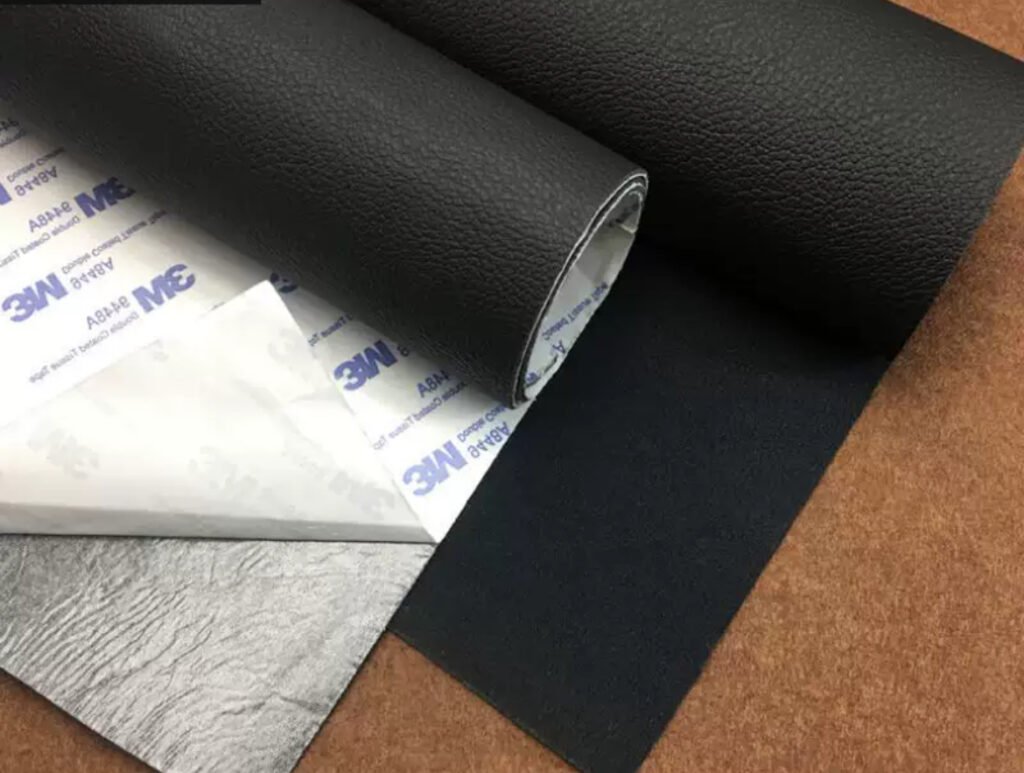
Common Applications
Double-sided adhesive tape is used in various leather applications, including:
- Craft Projects: Creating custom leather goods, such as wallets, bags, and accessories, with precise bonding and clean finishes.
- Repairs: Fixing loose or damaged leather parts in furniture, clothing, or automotive interiors.
- Decorative Elements: Adding decorative elements, such as patches, trims, or embellishments, to leather products.
- Prototyping: Quickly assembling leather prototypes or samples for design and testing purposes.
Troubleshooting
If you encounter issues during the application process, consider the following troubleshooting tips:
- Poor Adhesion: Ensure the leather surface is clean, dry, and properly prepared. Consider using a primer or adhesive promoter if necessary.
- Air Bubbles: Apply the tape and bond the leather using even pressure, working from the center outward to eliminate air bubbles.
- Tape Residue: If tape residue remains on the leather surface, use a residue remover or rubbing alcohol to clean it without damaging the leather.
Conclusion
Applying double-sided adhesive tape to leather is a practical and efficient method for various bonding and decorative applications. By understanding the types of tape available, preparing the leather surface properly, and following best practices, you can achieve professional and durable results. Whether for craft projects, repairs, or decorative purposes, double-sided adhesive tape offers a versatile solution for working with leather. With careful application and attention to detail, you can enhance the quality and appearance of your leather goods.


